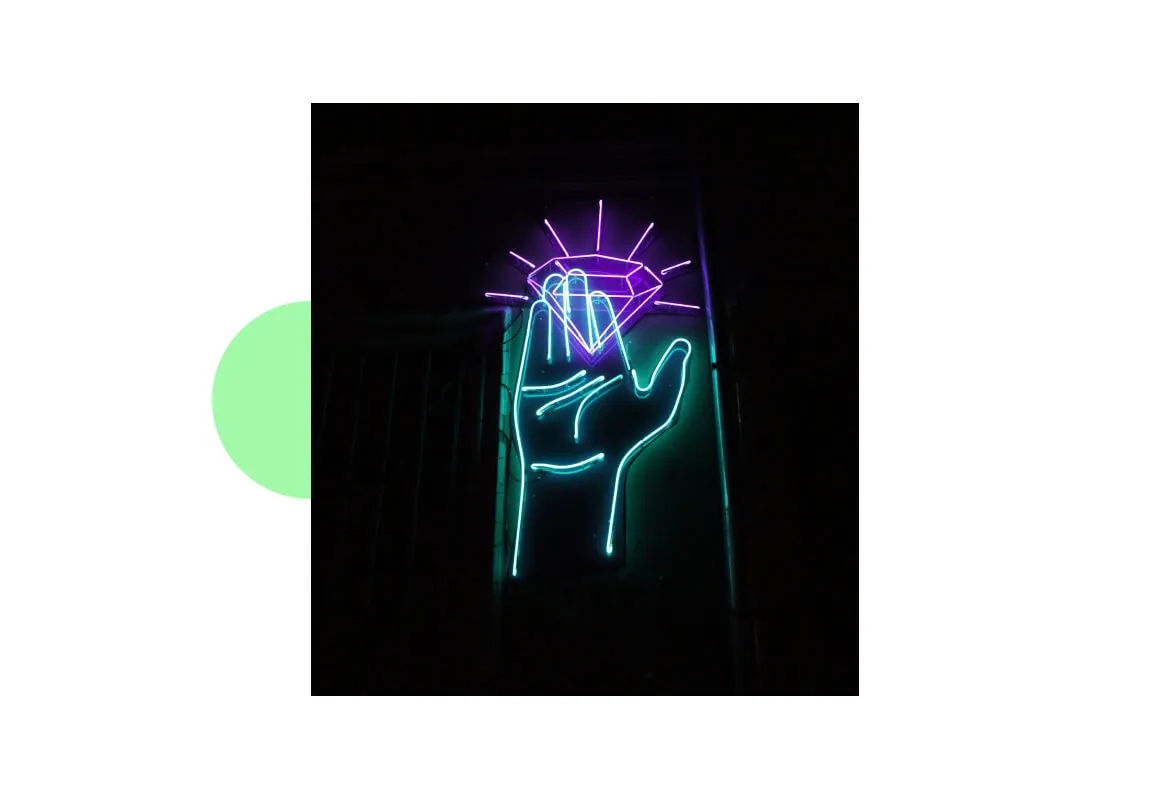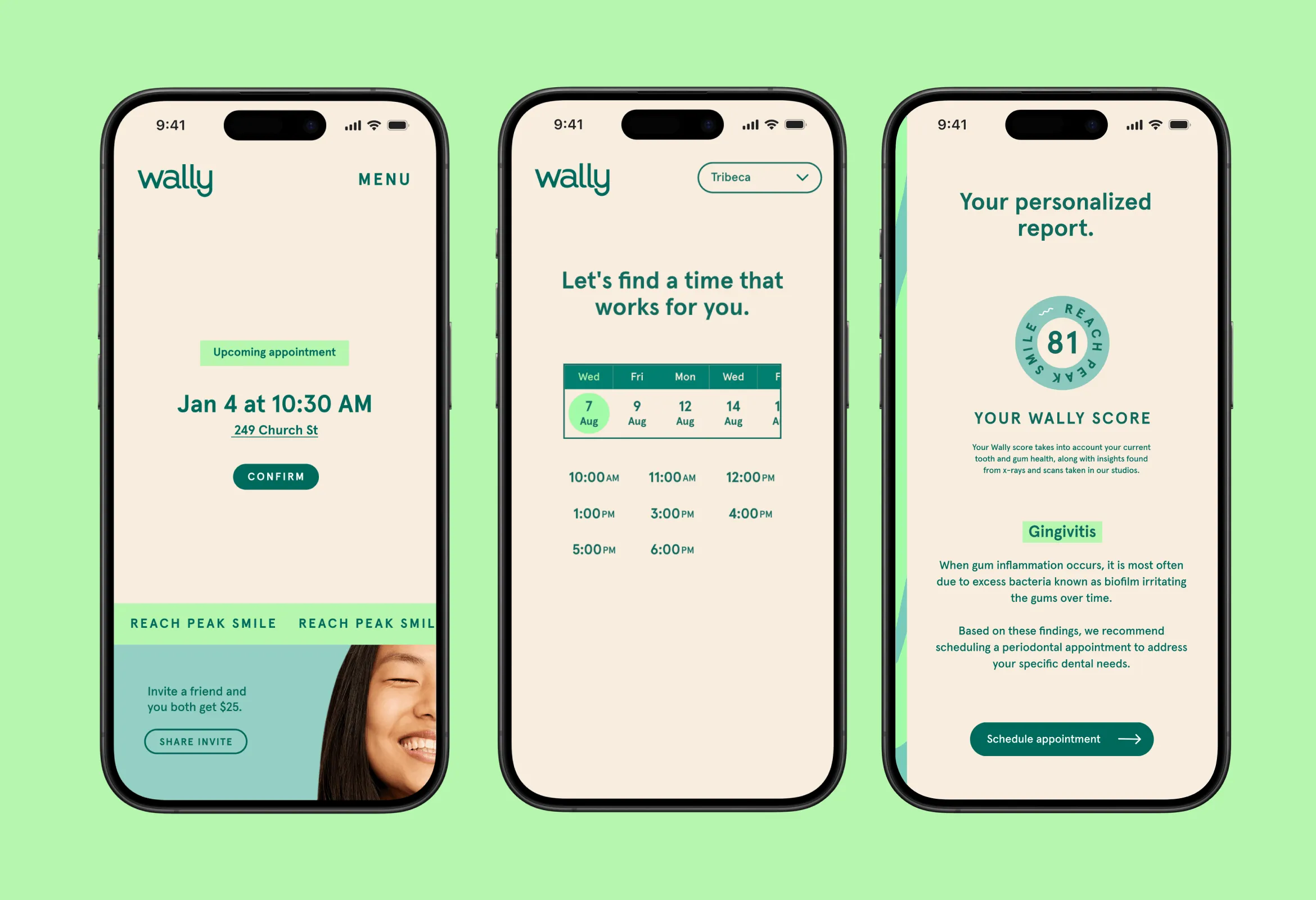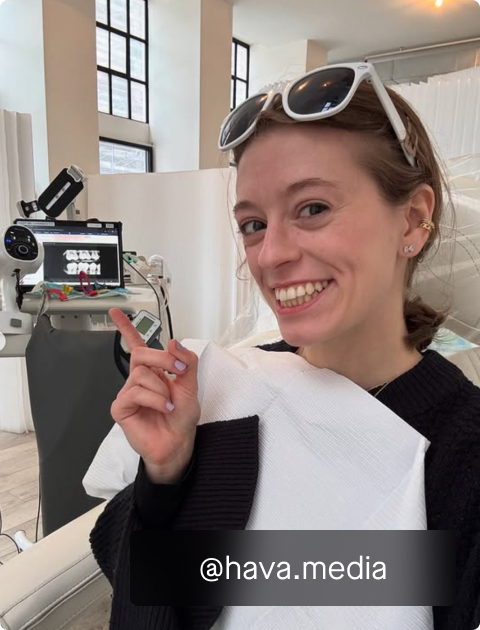Teeth bleaching and other ways to whiten your teeth

When you want your teeth to be a shade (or four) brighter, you won't have any trouble finding solutions that claim to help your teeth. They all have certifications and seals of approval, or you might have gotten a recommendation from a friend whose teeth look amazing in photos. But just like styles of jeans, not all whitening products work for all people. Let's get into the different ways to whiten your teeth so that you don't find yourself in the equivalent of a high loose jean when you are more suited to a wedgie jean. Seriously, Google it if you don't believe us.
Teeth whitening is big business - Americans spend $3.2 billion each year on teeth whitening. So no surprise that there are countless ways to brighten your smile, whiten your teeth, and let your pearly whites shine. But guess what, not everything whitening strategy works for every person.
And it makes sense. The way to smooth skin varies by skin type, and the regime to shiny hair depends on your hair. Changing the shade of your teeth is the same. Depending on the cause of any discoloration and the profile of your teeth, some whitening approaches will work magically and others fall flat. The best way to get started is to figure out the root cause of your discoloration.
Naturally yellow teeth - how to whiten them?
But before you drop some hundos on whitening we recommend diving into why your natural teeth are turning yellow. Depending on why your teeth are yellow will help you pick the right whitening approach.
Maybe your teeth have always looked yellow to you, or you've noticed they aren't as white as they used to be. Here are some of the top reasons why your teeth might be looking less pearly than you'd prefer:
- Thin enamel. Your enamel is the hard, white, protective coating on the outside of your teeth. Your dentin is the dark yellow filling on the inside of your tooth. If your enamel is thin it becomes more translucent and the yellow dentin starts to show through more. Your enamel might be thinning due to acidic foods and drinks that sit on your enamel for long periods of time, acid reflux from GERD (the juices in your stomach are pretty acidic), and grinding or clenching your teeth (aka bruxism).
- Staining from foods and drinks. When you eat, tiny food particles get stuck in the microscopic grooves of your teeth. If those foods stain your clothes, they can also stain your teeth. Tomatoes, curry spices, berries, wine, coffee, tea, sodas all have pigments that can stain the surface of your teeth.
- Poor oral hygiene. Each time you brush you scrub away particles that can stain your teeth. Consistently cleaning your teeth with the proper technique keeps those staining particles off your teeth.
- Smoking or tobacco use. Yep, all that nicotine leaves a gnarly stain on your teeth which is difficult for your toothbrush to scrub off.
- Genetics or medications. Some things just run in the family, including the color of your teeth. But there are also medications that can stain your teeth, the most common being tetracycline antibiotics.
Identifying the reason for discoloration is the first step in identifying the right approach to whitening. Read more 📖
LED teeth whitening - what you need to know
If your teeth are discolored from surface staining, LED whitening might be recommended by your dentist (or an internet search). But we need to shed some light on at-home LED whitening - it's an expensive light that doesn't do much except give you a fun Insta moment to post while you shine it on your teeth. The lights sold in at-home LED kits just aren't strong enough to warm up the teeth and whitening agents.
And if you go to a dentist for a single-session whitening, there are mixed results about how effective the LED treatment is even with professional-grade LED lights. Some studies show that, if the light strength is high enough it does speed up the chemicals (but again, your at-home kit isn't strong enough).
As soon as you've finished your in-chair treatment (which can be quite time consuming), your teeth are as white as they will be and will immediately start to "fade" back to their natural shade.
There are also potential risks to using LED whitening, read more 📖 to get the details.
Internal teeth bleaching for internally discolored teeth
But what happens if the discoloration comes from within your teeth? If your teeth are intrinsically discolored then whitening that is applied to the surface of the tooth just won't work. There are a few options your dentist might recommend to help address intrinsic staining:
- Porcelain veneers. Veneers are like little helmets for your teeth. They are bonded to the front-side of your teeth.
- Dental bonding. This tooth-colored compound is used to cover up imperfection in the teeth. It is quick, but it doesn't last forever and requires reapplication.
- Dental crown. Crowns are great if your tooth needs additional support. For those of us who have had a root canal, a crown is often the last step to keep the tooth healthy and looking natural.
Before we dive into how internal teeth bleaching works, a ⚠️ warning ⚠️ to you, dear reader. Teeth bleaching is invasive and if you get grossed out easily, you might want to have someone else read and summarize this paragraph for you. Okay, ready? Read about internal bleaching 📖
Teeth whitening with veneers?
And if none of those options work, you can consider veneers. Veneers are thin, custom-crafted shells that cover the front of your teeth. Your dentist will take impressions or a scan of your teeth and send it to a lab. At the lab, a technician will craft veneers to fit over your teeth so that when they are placed, your teeth will look picture perfect.
There are two types of veneers:
- Porcelain
- Composite resin
Let's get into the difference between porcelain and composite veneers, as well as the pros and cons of both to help you make your decision. Read on 📖
Teeth whitening near me - how do I know if it's good?
"The safest and most effective way to whiten your teeth is to get custom-fit trays and custom-formulated gel from your dentist," says Dr. Walker, DDS. "Does at-home whitening from the pharmacy work? Yes - anything that says 'whitening' works on some level. But at the same time everyone’s teeth are a little bit different in regards to things like sensitivity. The whitening from your dentist office is specifically tailored to your teeth and sensitivity, and will get you the best results."
If you find a dentist that offers professional teeth whitening, how do you know if it's any good? Or if you're paying a fair price?
While most dentists offer professional teeth whitening of some kind, not all whitening is the same. They vary in their effectiveness, their comfort for you, and, of course, the cost. If you chat with several dentists about the same whitening procedure you might get three very different quotes.
Our team unpacks the average prices for different professional teeth whitening options, and did the analysis on which ones might be best bang for your buck. Read more about it here.









